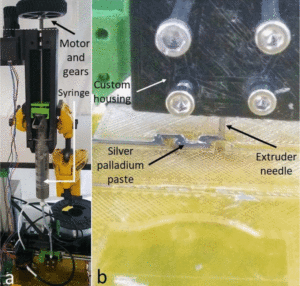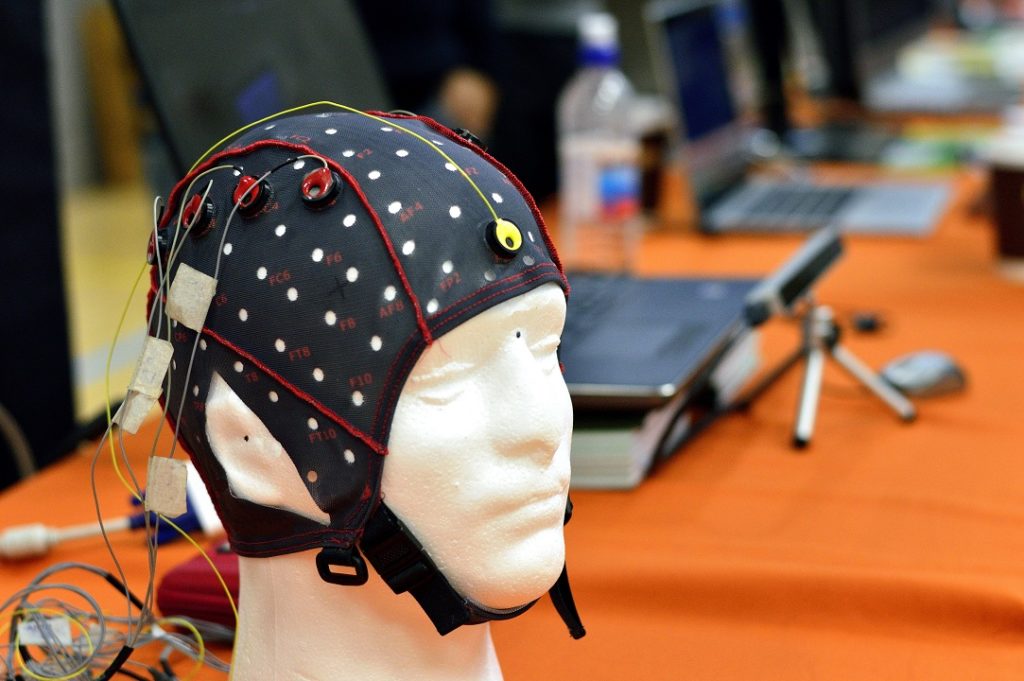In a matter of minutes, 3D printers can render complex structures that typically take days to create. While this technology has revolutionized the manufacturing industry and enabled the quick creation of complex structures, current printers can only apply one material at a time, limiting their application. Now a team from the University of Glasgow has developed a novel approach to printing multiple materials simultaneously, which could speed creation of biomedical wearables and prosthetics.
The research aims to provide an affordable solution for the production of customizable wearables with integrated sensors. Medical prosthetics and wearables often need to be customized for individual needs, whether it's the fit of the device or the function it serves for the individual. By 3D printing these biomedical devices, manufacturers are able to place sensors and electrical components inside the materials, as opposed to affixing them on the outside. Utilizing this three dimensional space fully seals the electrical parts, and prevents them from any outside contact, minimizing wear and tear.
“Ultimately, this 3D printing process can produce unique advanced structures,” said Ravinder Dahiya, a Professor of Electronics and Nanoengineering at the University of Glasgow. “Such structures include fully customizable, biocompatible medical implants that are patient specific and possess fully embedded components, allowing for features such as wireless power transmission.”
To test this novel approach the researchers set out to create a bendable sheet of plastic, with LEDs and strain sensors embedded, using a modified 3D printer. Because light-based 3D printers, including laser-printers, are not suited for modifications to print multiple materials, the researchers employed an ink/paste-based printer for their approach.

Figure 1: Modified 3D printing set up
After modifying the printer, a base layer of plastic was printed with ingrained spaces to place LEDs. Once the LEDs were placed in these designated spots, the 3D printer created and applied a silver palladium paste to connect the LEDs to strain sensors. Finally, another plastic sheet was printed on top of the sensors to fully seal the package. The steps taken were completed in one print, with only a brief pause to place the LEDs.

Figure 2: Design of the printed structure (a) The bottom layer. (b) LEDs. (c) Silver-palladium paste printed. (d) Top plastic layer printed. (e) Y-axis bending. (f) X-axis bending.
The completed structure was tested under bending strain to ensure the LEDs still functioned as they would need to in a wearable or prosthetic device.

Figure 3: Bending test to evaluate sensor
By directly integrating sensors and electrical components into devices, this approach greatly reduces the manufacturing time of complex structures and prevents wear and tear that would otherwise be unavoidable. Moving forward, the researchers are considering the application of this technology to include dexterous sensory robotic limbs and have already developed a prosthetic hand with embedded sensors as a prototype.
For more information on 3D printing, visit the IEEE Xplore Digital Library.





